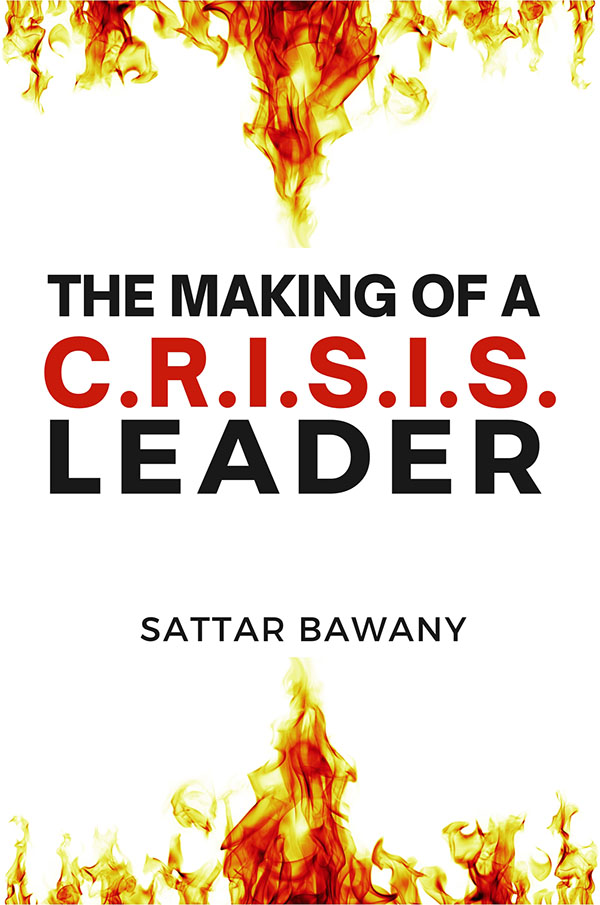Are You Ready for Future Crises?
As the world becomes more complex and connected, the threat of a corporate crisis grows. There are instances everywhere: We have experienced firsthand how a pandemic when spread worldwide, caused massive global business disruption and a public health disaster; a corruption scandal causes a corporate leader to step down; the sudden death of a CEO without succession planning in place causes instability; a data breach shakes customer confidence; and quality issues trigger a widespread product recall. ¬These are just a few examples among many of the recent corporate crises.
A crisis can be defined as a time of intense difficulty, trouble, or danger. It can be caused by a range of factors, from natural disasters to financial downturns, and can impact individuals, organizations, and even entire countries. The COVID-19 pandemic is a prime example of a crisis that has affected the world on an unprecedented scale.
Today’s businesses face unprecedented challenges operating in a global environment that is highly disruptive and increasingly volatile, uncertain, complex, and ambiguous (VUCA). The current hyper-VUCA threat environment demands a more cohesive support structure for crisis leaders who may be faced with crises of increasing magnitude and frequency and, in some instances, multiple crisis events simultaneously.
The book aims to serve as a field guide on how organizations can implement tactical responses to significant challenges during a crisis that can threaten their existence. It also provides resources including but not limited to best practice tools, frameworks, and approaches that leaders need to enable them to make tough decisions quickly and decisively, while also inspiring and motivating their teams. The eventual outcome is to develop effective leaders (known as “C.R.I.S.I.S.” leaders) who can see the bigger picture, anticipate challenges, and make the necessary adjustments to steer their organizations through the storm.









